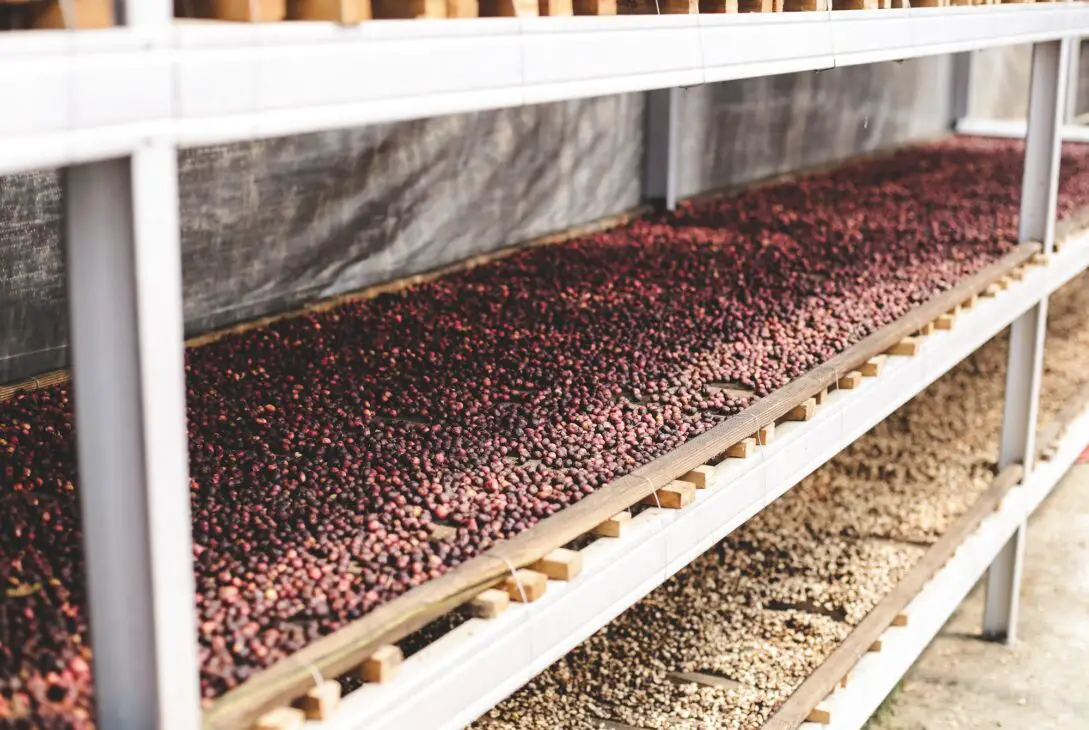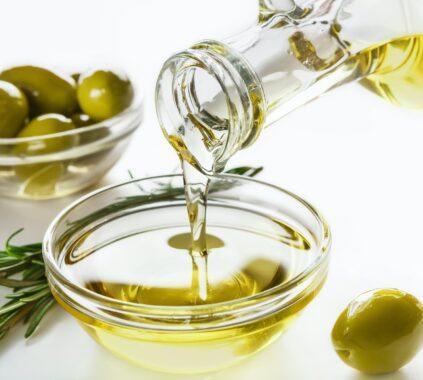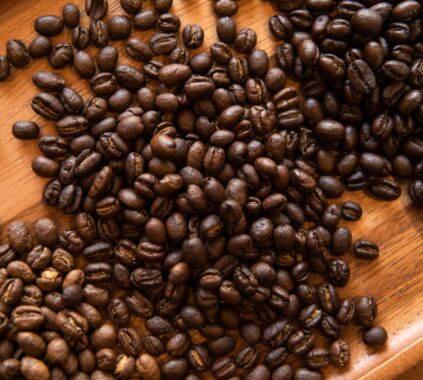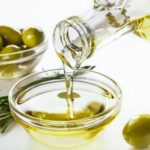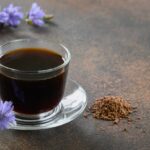The world of coffee processing is a fascinating blend of art and science, with methods varying from region to region and even farm to farm. In this article, we’ll dive into the three most common coffee processing methods—washed, natural, and honey—providing you with a step-by-step guide to each, along with the advantages and disadvantages, examples, and a handy FAQ section. So, buckle up and get ready for an exciting journey into the world of coffee processing!
Table of Contents
Washed Processing Method
Step-by-step guide
- Pick ripe coffee cherries.
- Remove the outer layer of skin and pulp using a depulping machine.
- Ferment the remaining beans in water to break down the mucilage (that sticky layer around the bean).
- Wash the beans thoroughly to remove any remaining mucilage.
- Dry the beans on raised beds or patios until they reach the desired moisture content.
- Mill the beans to remove the parchment layer.
- Sort and grade the beans based on size, density, and defects.
- Package and export the green coffee beans.
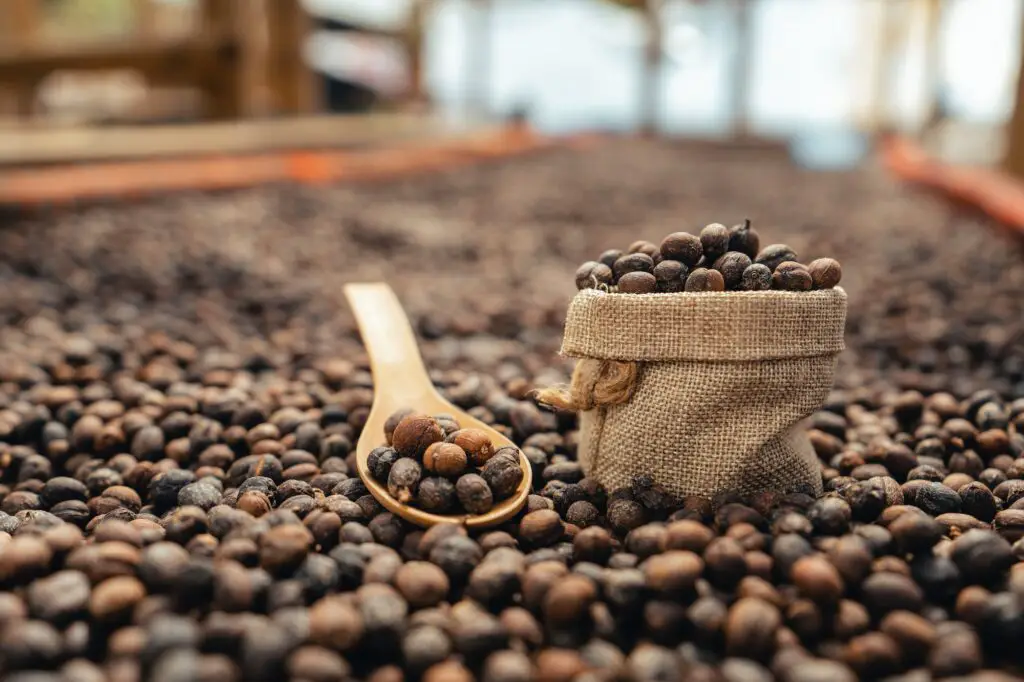
Advantages and disadvantages
Advantages: Washed processing typically results in a clean, bright, and complex flavor profile.
Disadvantages: The process is labor-intensive and can be expensive. Additionally, if not done correctly, it can lead to over-fermentation, which can negatively impact the taste of the coffee.
Example
The Hario V60 pour-over coffee maker (affiliate link) is perfect for brewing a cup of washed-processed coffee, such as the Blue Bottle Coffee’s Ethiopia Hambela Estate. This coffee offers notes of bergamot, jasmine, and lemon, showcasing the clean, bright flavors typical of washed processing.
Natural Processing Method
Step-by-step guide
- Pick ripe coffee cherries.
- Spread the cherries out on raised beds or patios to dry in the sun for several weeks.
- Turn the cherries regularly to ensure even drying.
- Once the cherries have reached the desired moisture content, mill them to remove the dried fruit and parchment layers.
- Sort and grade the beans based on size, density, and defects.
- Package and export the green coffee beans.
Advantages and disadvantages
Advantages: Natural processing tends to produce coffee with fruity, sweet, and heavy-bodied flavors. It also uses less water and can be less labor-intensive compared to washed processing.
Disadvantages: The process can be inconsistent, resulting in varied flavors even within the same batch. Additionally, it requires more drying space and is more susceptible to defects like mold and fermentation.
Example
The Chemex coffee maker is an excellent choice for brewing natural-processed coffee like Stumptown Coffee Roasters’ Ethiopia Duromina. This coffee features notes of strawberry jam, milk chocolate, and honeydew, highlighting the fruity and sweet characteristics of natural processing.
Honey Processing Method
Step-by-step guide
- Pick ripe coffee cherries.
- Remove the outer skin of the cherries, leaving some of the mucilage (also known as “honey”) intact.
- Lay the beans out on raised beds or patios to dry in the sun.
- Turn the beans regularly to ensure even drying and prevent fermentation.
- Once the beans have reached the desired moisture content, mill them to remove the remaining dried mucilage and parchment layers.
- Sort and grade the beans based on size, density, and defects.
- Package and export the green coffee beans.

Advantages and disadvantages
Advantages: Honey processing results in a unique flavor profile, combining the bright acidity of washed processing with the fruity sweetness of natural processing. It also uses less water than washed processing.
Disadvantages: The process is labor-intensive and requires meticulous attention to detail to prevent over-fermentation or mold. It also needs ample drying space and time.
Example
A French press is an ideal brewing method for a honey-processed coffee like Counter Culture Coffee’s Costa Rica Finca El Puente Yellow Honey. This coffee offers notes of pineapple, caramel, and jasmine, showcasing the delightful balance of acidity and sweetness that honey processing can produce.
Comparison of the Three Methods
Now that we’ve explored the three main coffee processing methods, let’s take a closer look at how they compare:
- Flavor: Washed processing tends to produce clean, bright, and complex flavors, while natural processing leans towards fruity, sweet, and heavy-bodied flavors. Honey processing strikes a balance between the two, offering a unique combination of acidity and sweetness.
- Environmental impact: Washed processing is more water-intensive, while natural and honey processing methods use significantly less water.
- Labor and resources: Washed and honey processing are more labor-intensive compared to natural processing. However, natural processing requires more drying space and is more susceptible to defects.
FAQ
Q: Which processing method is best for specialty coffee?
A: There is no definitive answer, as each method can produce exceptional specialty coffee if executed correctly. The choice ultimately depends on the desired flavor profile and the resources available to the coffee producer.
Q: Can I tell which processing method was used just by tasting the coffee?
A: While each processing method has its characteristic flavors, it can be challenging to pinpoint the exact method used solely by tasting. However, understanding the general flavor profiles associated with each method can help guide your guess.
Q: How can I find out how my coffee was processed?
A: Many specialty coffee roasters provide information about the processing method used for their beans on the packaging or their website. If this information is not readily available, you can always reach out to the roaster directly.
Coffee Processing
The world of coffee processing is a fascinating and intricate one, with each method contributing its unique flavors and characteristics to the final cup. Whether you prefer the clean, bright flavors of washed-processed coffee, the fruity and sweet notes of natural-processed coffee, or the delightful balance offered by honey-processed coffee, understanding these methods can help you appreciate your daily brew even more. So go ahead, grab your favorite brewing device, and savor the complex world of coffee processing in every sip. Cheers!
Daily Demitasse is a participant in the Amazon Services LLC Associates Program, an affiliate advertising program designed to provide a means for sites to earn advertising fees by advertising and linking to Amazon.com. We also participate in other affiliate programs which compensate us for referring traffic.


